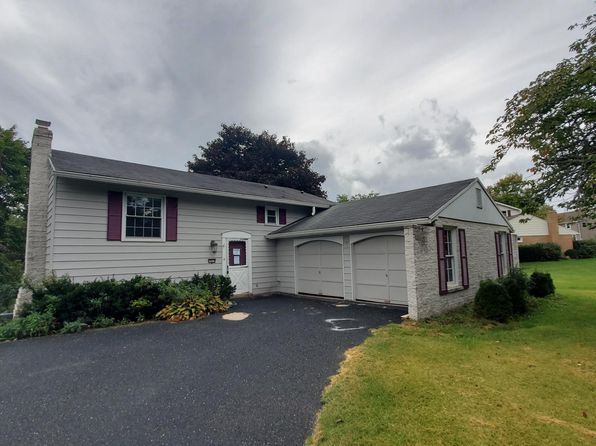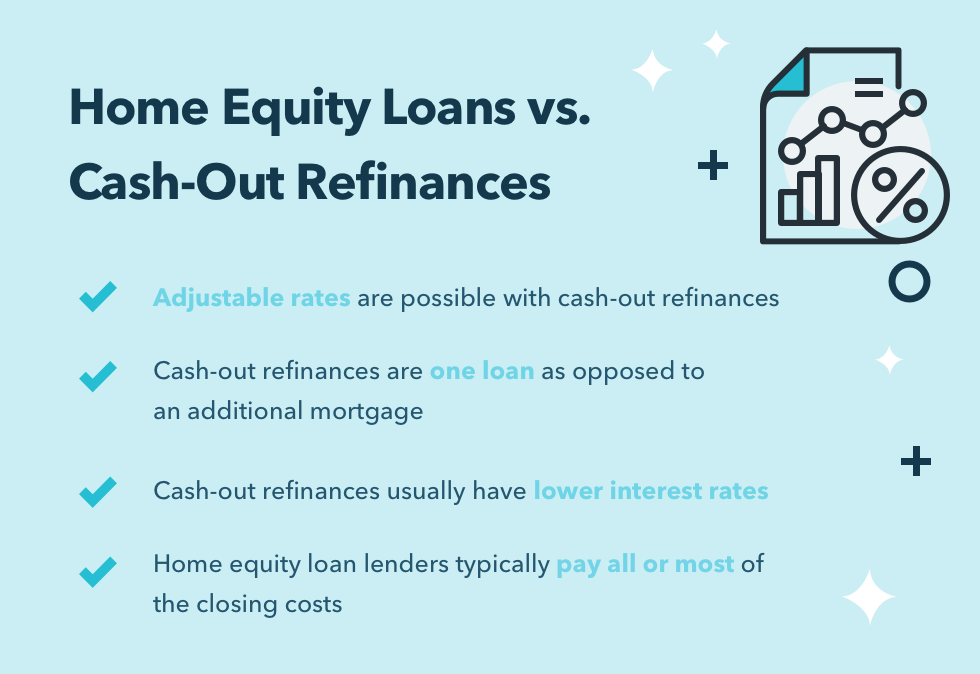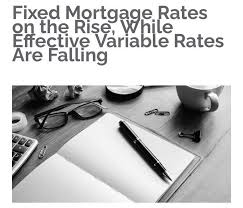
The margin is the difference of the index rate and your mortgage rate for 5/1ARMs. Although the index rate can fluctuate over time, the margin is usually set at the beginning of the loan term. It remains the same throughout the loan's life. The margin will determine how much interest you will pay on the loan over its life.
Fixed 15-year ARM vs. 5/1 ARM
If you are shopping for a home loan, you should know the difference between 15-year fixed vs 5/1 adjustable-rate mortgage (ARM) rates. There are many similarities between the types of mortgages, but there are also some differences worth your consideration. A 15-year fixed-rate mortgage will have a fixed payment for its entire term. An ARM will adjust the interest rate based off the mortgage document. This means that your payment will change with the index value. Fixed-rate mortgages can be more expensive over time because ARMs are shorter in term.
Mortgage rates for five-year adjustable-rate mortgages are higher than 15-year fixed-rate mortgages. This is due partly to the fact that five-year ARM interest rates have fallen since mid-2000s. In 2006, the average 5/1 ARM rate was 6.08%. In 2010, it was 3.82%. The 15-year fixed-rate mortgage is now at 5.90% with a 0.1-point down payment. The 5/1 ARM, on the other hand, is at 5.36% with only a 0.3 percent down payment.

Interest rate caps at 5/1 ARMs
The 5/1 ARM interest rate caps limit how much the rate can rise over the life of the loan. The index, the first-year's interest rate, and the margin reflect the caps. The caps may be increased once a year, or every two years in some cases. In other cases, the caps are set to rise every five years.
In some instances, the cap may not apply on the initial interest rate. The introductory interest rates are lower than those that would be applicable if the loan were a fixed rate mortgage. In many cases, the initial rate is one percentage point lower than that which would be applicable at the end of the fixed five-year period. After the fixed-rate period has ended, however, the interest rate can be significantly higher than the initial rate. Most ARMs have an interest rate cap to prevent this. This cap can be either a life-time or periodic limit that restricts the potential for interest rate increases throughout the loan's lifetime.
A key aspect of keeping monthly payments affordable are interest rate caps for 5/1 ARMs. The higher the interest rate, the higher the monthly payment. You should ensure that the interest rate caps apply to your particular situation.
Cost of a 5/1 ARM loan
The potential consequences of taking out an ARM 5/1 loan should be considered. This type loan requires that you pay an interest rate that adjusts according to the market index. These mortgages include caps that limit the rate at which interest rates can rise. The first cap limits the rate that can be increased during the first year, while the periodic limit limits how much rate increases each time the loan is adjusted.

The initial interest rate on a 5/1 ARM loan is typically very low, making it an attractive choice for short-term home ownership. The rate can be fixed for five year, but then it adjusts to reflect the current interest rates plus a margin. The financial sector is currently eliminating this type of mortgage. The process started in the last year, and will continue until lenders stop offering this type of loan. Changes in financial indexes are one reason for the phaseout.
FAQ
How do I fix my roof
Roofs can burst due to weather, age, wear and neglect. For minor repairs and replacements, roofing contractors are available. Contact us for further information.
Is it cheaper to rent than to buy?
Renting is often cheaper than buying property. However, renting is usually cheaper than purchasing a home. You also have the advantage of owning a home. You will have greater control of your living arrangements.
Can I get a second mortgage?
Yes. However it is best to seek the advice of a professional to determine if you should apply. A second mortgage is usually used to consolidate existing debts and to finance home improvements.
Statistics
- This seems to be a more popular trend as the U.S. Census Bureau reports the homeownership rate was around 65% last year. (fortunebuilders.com)
- When it came to buying a home in 2015, experts predicted that mortgage rates would surpass five percent, yet interest rates remained below four percent. (fortunebuilders.com)
- Some experts hypothesize that rates will hit five percent by the second half of 2018, but there has been no official confirmation one way or the other. (fortunebuilders.com)
- It's possible to get approved for an FHA loan with a credit score as low as 580 and a down payment of 3.5% or a credit score as low as 500 and a 10% down payment.5 Specialty mortgage loans are loans that don't fit into the conventional or FHA loan categories. (investopedia.com)
- The FHA sets its desirable debt-to-income ratio at 43%. (fortunebuilders.com)
External Links
How To
How to become real estate broker
An introductory course is the first step towards becoming a professional real estate agent. This will teach you everything you need to know about the industry.
The next thing you need to do is pass a qualifying exam that tests your knowledge of the subject matter. This requires studying for at minimum 2 hours per night over a 3 month period.
You are now ready to take your final exam. In order to become a real estate agent, your score must be at least 80%.
If you pass all these exams, then you are now qualified to start working as a real estate agent!